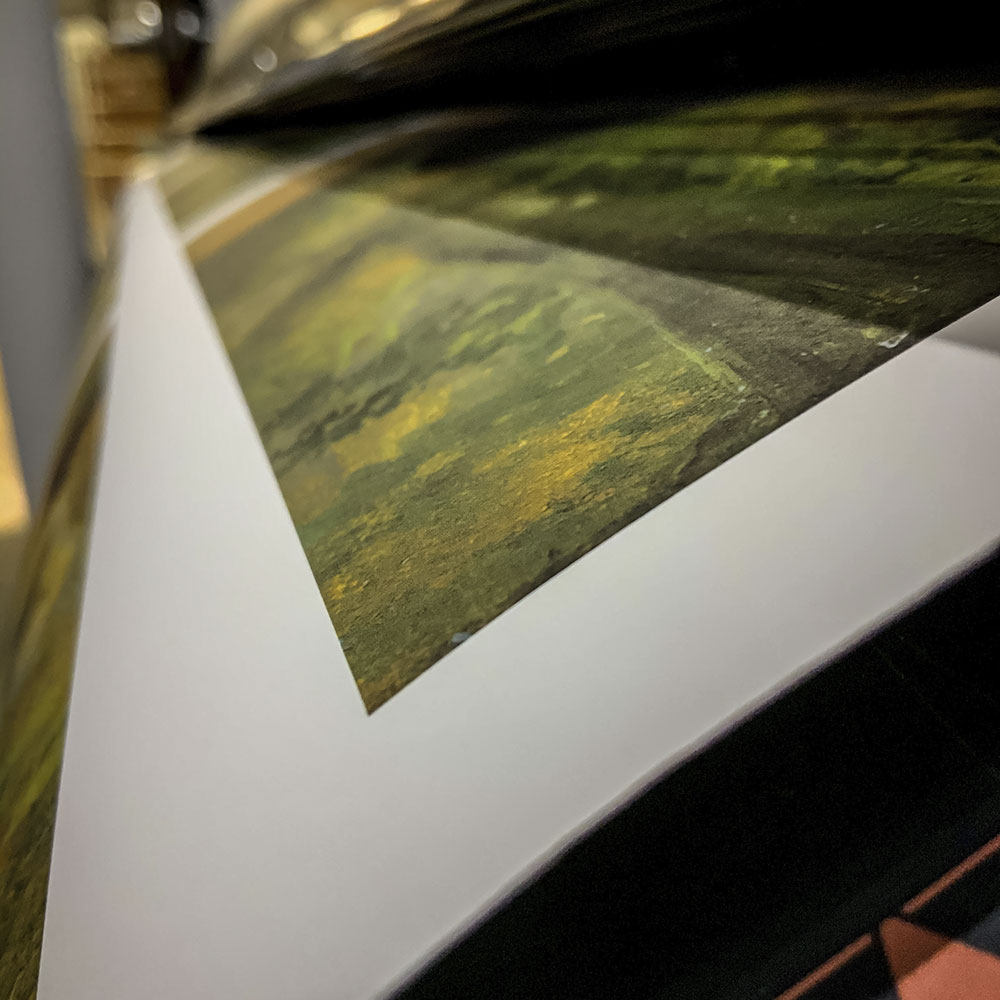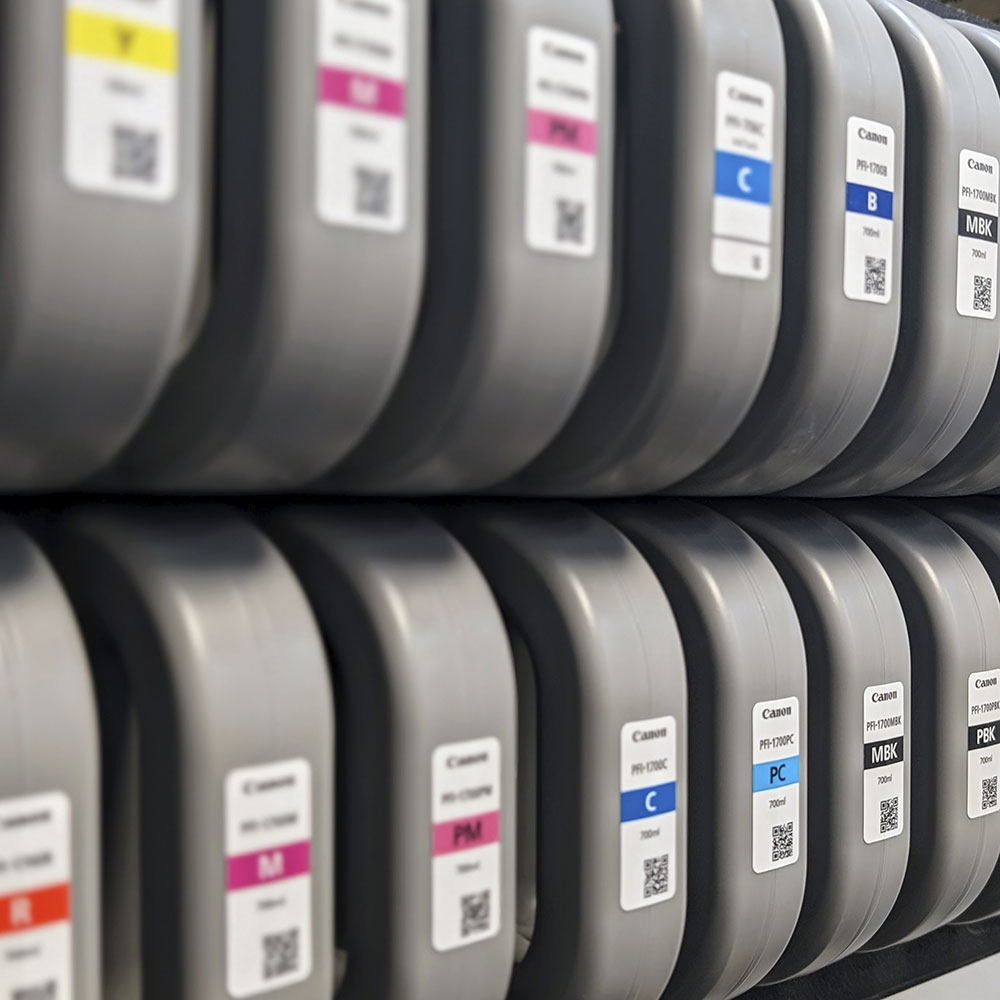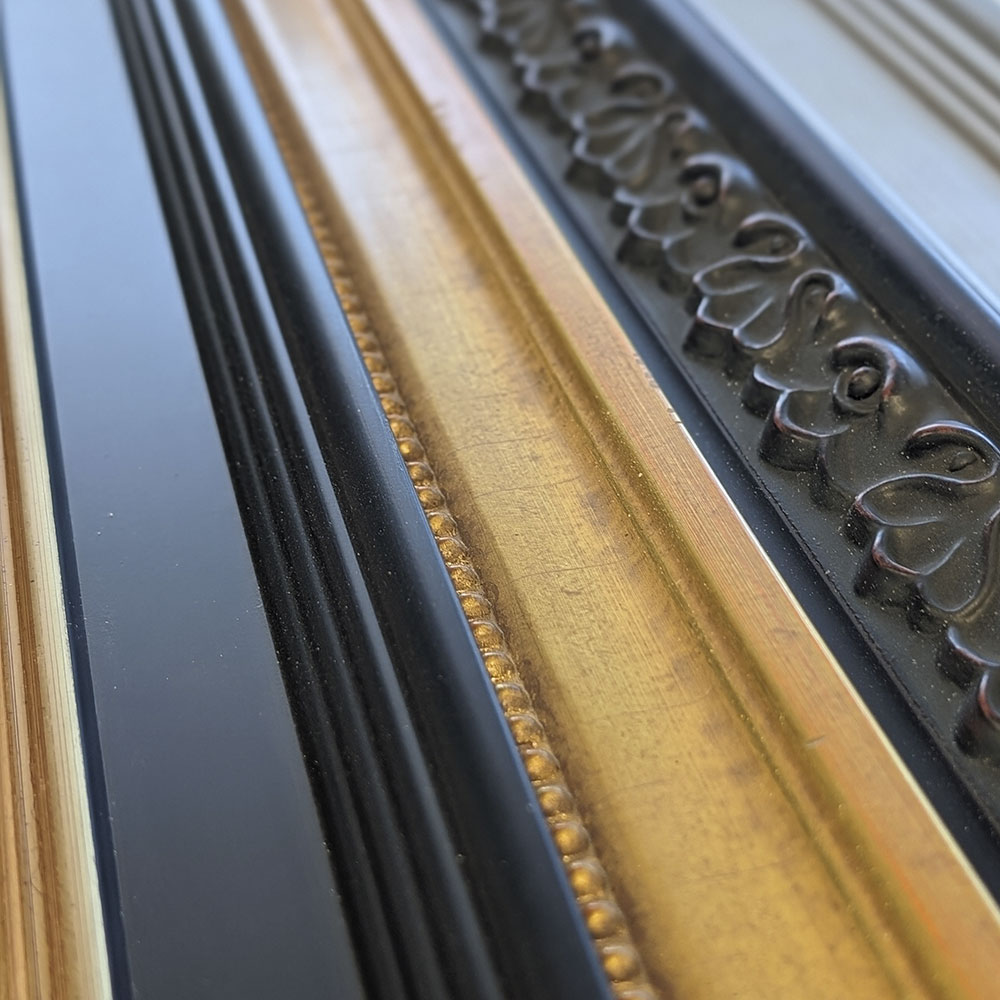Tapestry-Woven Medallion Carpet, ca. 1600. Safavid School (Persian). Silk, gold, silver, and gilt silver metallic-wrapped thread in tapestry weave. Purchase: William Rockhill Nelson Trust.
This Persian carpet, and the materials that made it, traveled the globe. Three colors in the textile are made from dyes imported from the Americas. Sourced from trees in South and Central America, logwood is used to create brown and combined with old fustic (dyer’s mulberry) to make black. Cochineal, the pigment that creates the raspberry pink (see the image below), is derived from an insect. The dark blue dye was made of indigo, which was likely sourced from India. The carpet is further decorated with gold, silver, and gilt silver wrapped threads that are woven directly into the foundational fabric.Thus, by 1600, Persian royal workshops were incorporating precious materials from around the globe.
This rare carpet — one of fewer than sixty that survive — represents the highest achievement of royal Safavid silk weaving, and it was not for sale. This carpet was a diplomatic gift from Shah ′Abbas I (ruled1587–1628) to a Pope in Rome in the early 1600s, where it entered the Vatican treasury. Later, this textile was given to Cardinal Deacon Giacomo Antonelli (1806–1876), who kept it in his family estate in Abruzzo, Italy. It passed through cardinals and castles until the early 1900s before coming to the Nelson-Atkins.


